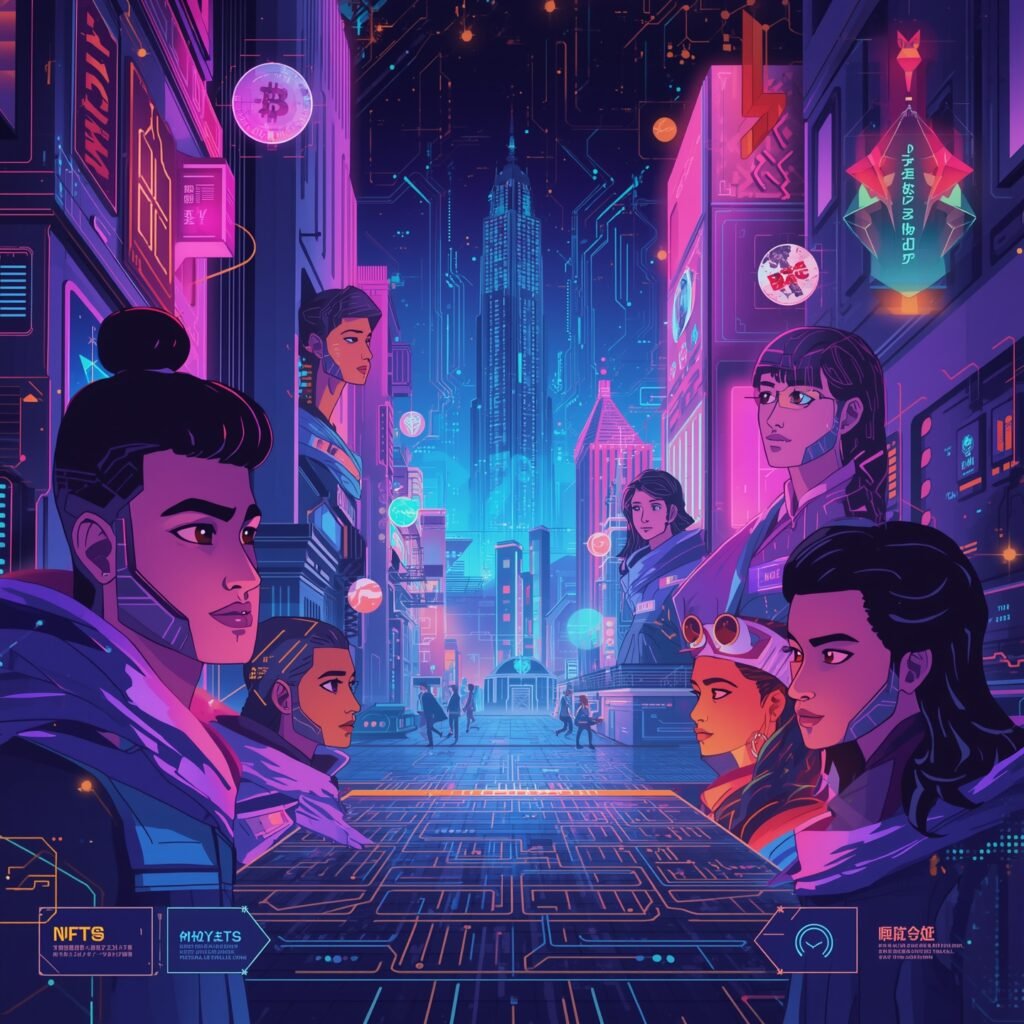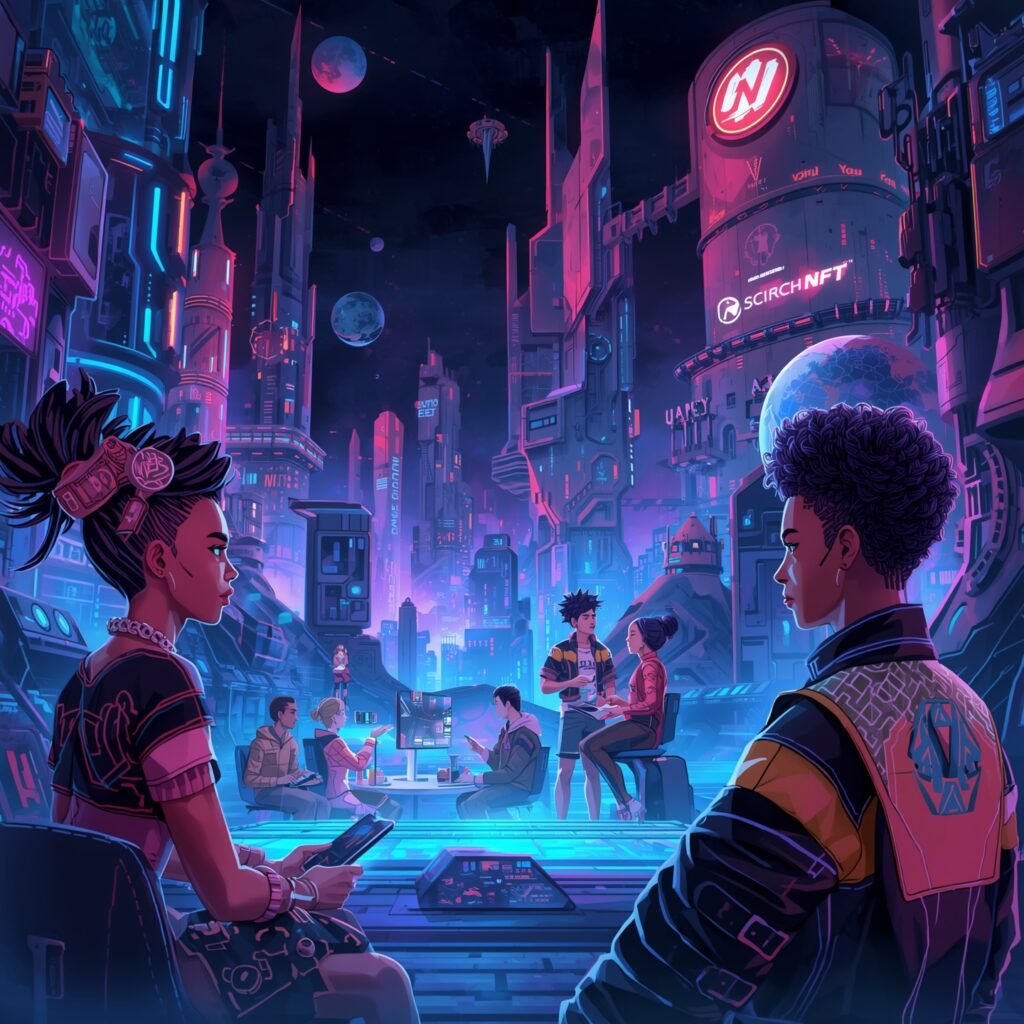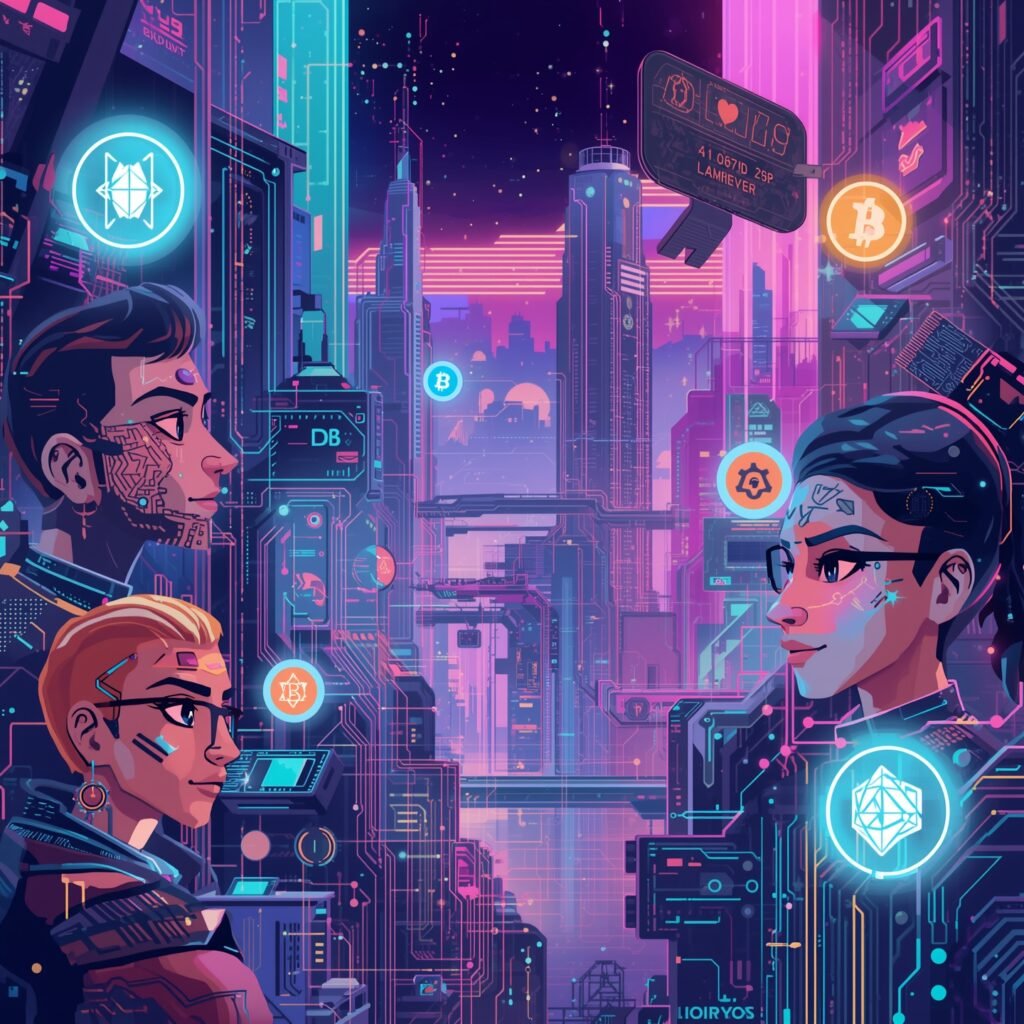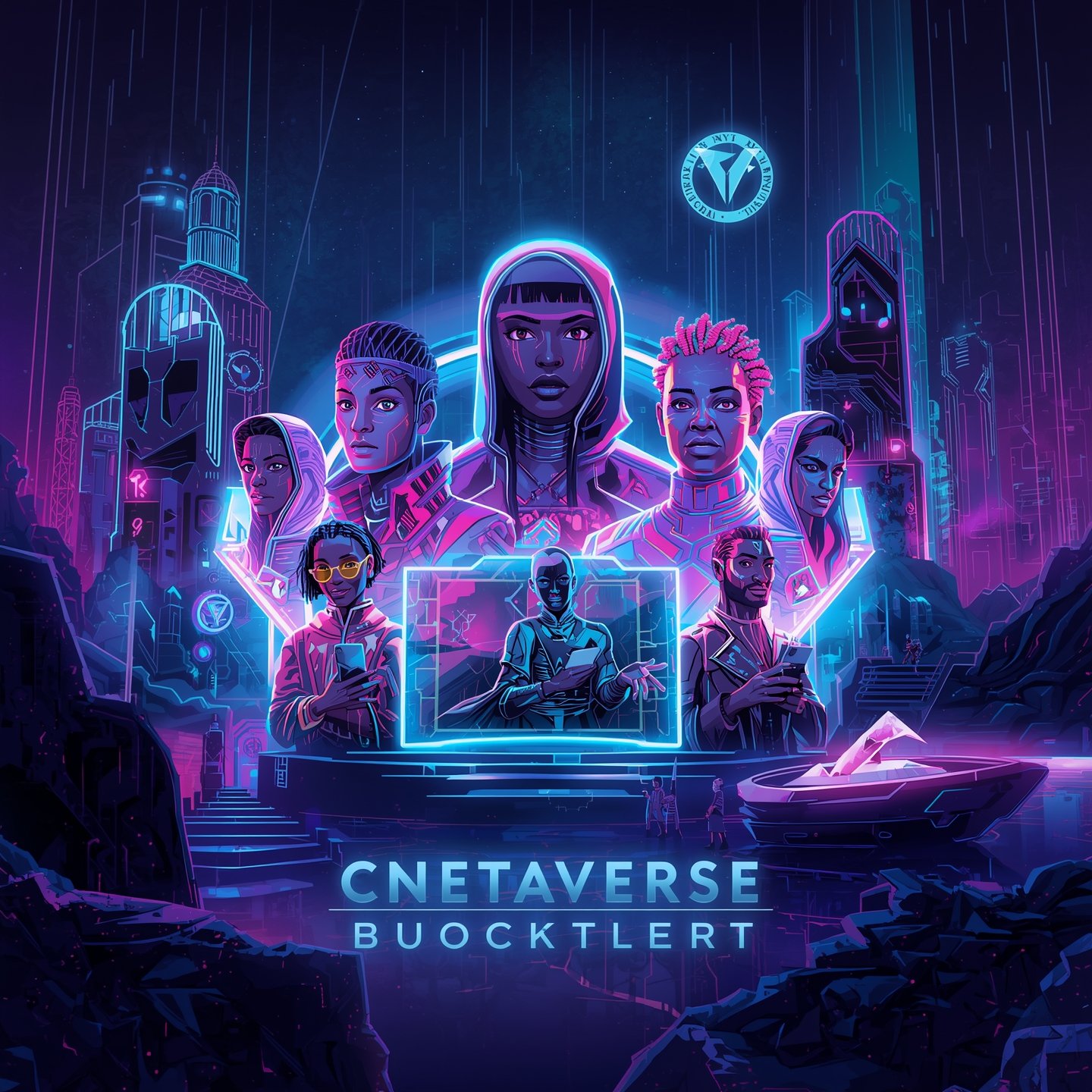Virtual worlds are no longer sci-fi fantasies—they’re evolving ecosystems where users live, trade, and build. Blockchain is crucial to turning those dreams into something real: verifiable ownership, secure transactions, and interoperable identities.
How Blockchain Shapes Virtual Realities
This article unpacks how blockchain supports metaverse architecture, real-use cases, advantages, challenges, and what to watch.

Why Blockchain Is the Foundation of the Metaverse
Digital Ownership & Authentic Assets
Blockchains enable digital ownership through non-fungible tokens (NFTs), giving users provable, unique rights over avatars, land, art, and items in virtual worlds. Once something is minted on blockchain, its provenance (who created, who owned it, etc.) becomes transparent and unchangeable. GeeksforGeeks describes how this builds trust and reduces fraud. (geeksforgeeks.org)
Decentralized Economy & Tokenomics
Metaverse economies need more than just flashy visuals—users buy, sell, trade, earn, or rent. Blockchain facilitates cryptocurrencies, stablecoins, and play-to-earn models. Smart contracts automate transactions, enabling creators and participants to earn and monetize without needing centralized intermediaries. (wrexa.com)
Interoperability Across Virtual Worlds
A big promise: you own something in Metaverse World A—and you can use it in World B without friction. Blockchain, through shared token standards and decentralized protocols, helps virtual assets, identities, and items move across platforms. This reduces fragmentation of user experience. (blog.ueex.com)
Security, Trust & Immutable Records
Immutable ledgers, distributed consensus, cryptographic proofs—all pillars of blockchain—protect user data, transaction histories, and ownership from tampering. Trust is earned when virtual worlds stop being black boxes. (prodshell.com)

Real-World Examples of Blockchain in Action
Decentraland & Virtual Fashion Wearables
In platforms like Decentraland, fashion wearables are minted as NFTs and sold/traded. A study (“Toward Blockchain-based Fashion Wearables in the Metaverse”) found that rarity, provenance, and token mechanics heavily influence value, not just aesthetics. (arxiv.org)
MetaShard: Scaling to Match Ambition
MetaShard is a specialized blockchain framework designed for metaverse applications. It uses sharding and a “Proof-of-Engagement” mechanism to scale throughput while maintaining security. For high-demand metaverse worlds, designs like these suggest paths forward. (arxiv.org)
Modular Blockchain Architecture
Recent proposals (e.g., “Adaptive and Modular Blockchain Enabled Architecture”) argue metaverse systems need flexible, modular blockchains that adapt consensus, ledger size, and resource usage based on the scenario (high-traffic, simple asset transfers, etc.). These designs aim to reduce resource barriers for typical users. (arxiv.org)
Key Benefits When Blockchain Is Done Right
- True ownership and asset scarcity
- Transparent, predictable economic incentives
- Community governance via decentralized autonomous organizations (DAOs)
- Portability of identity and assets across metaverse platforms
- Reduced risk of fraud or tampering through immutable record-keeping
Plus, when creators get fairly rewarded for virtual work (art, design, land), the metaverse becomes more vibrant and sustainable.
Major Challenges & Where the Rub Is
Scalability & Performance
Blockchains like Bitcoin (~7 TPS) or older versions of Ethereum can’t handle the volume or low latency demands of large metaverse interactions—live events, fast trades, real-time VR experiences. (mdpi.com)
Gas Fees, Access Costs & User Complexity
When transactions cost more than the value of the thing being transacted, or wallets are complicated, many users opt out. That limits adoption.

Interoperability Hurdles
Standards are still young. Many metaverses use different protocols, making seamless asset transfer harder. Also bridges between blockchains introduce security risks. (blog.ueex.com)
Security, Privacy & Regulatory Uncertainty
Smart contracts are powerful but not foolproof. Bugs or exploits can lead to hacks. Privacy is also a concern—especially with data-rich metaverse platforms. And regulators are still catching up. (theconversation.com)
The Last Word
Blockchain is more than just a buzzword in the metaverse—it’s the infrastructure that makes digital ownership, trust, and economy possible. As the metaverse matures, blockchain will continue to evolve, addressing scalability, interoperability, and regulatory challenges. For users, creators, and developers, understanding blockchain’s role is essential to navigating and shaping the future of virtual worlds.






